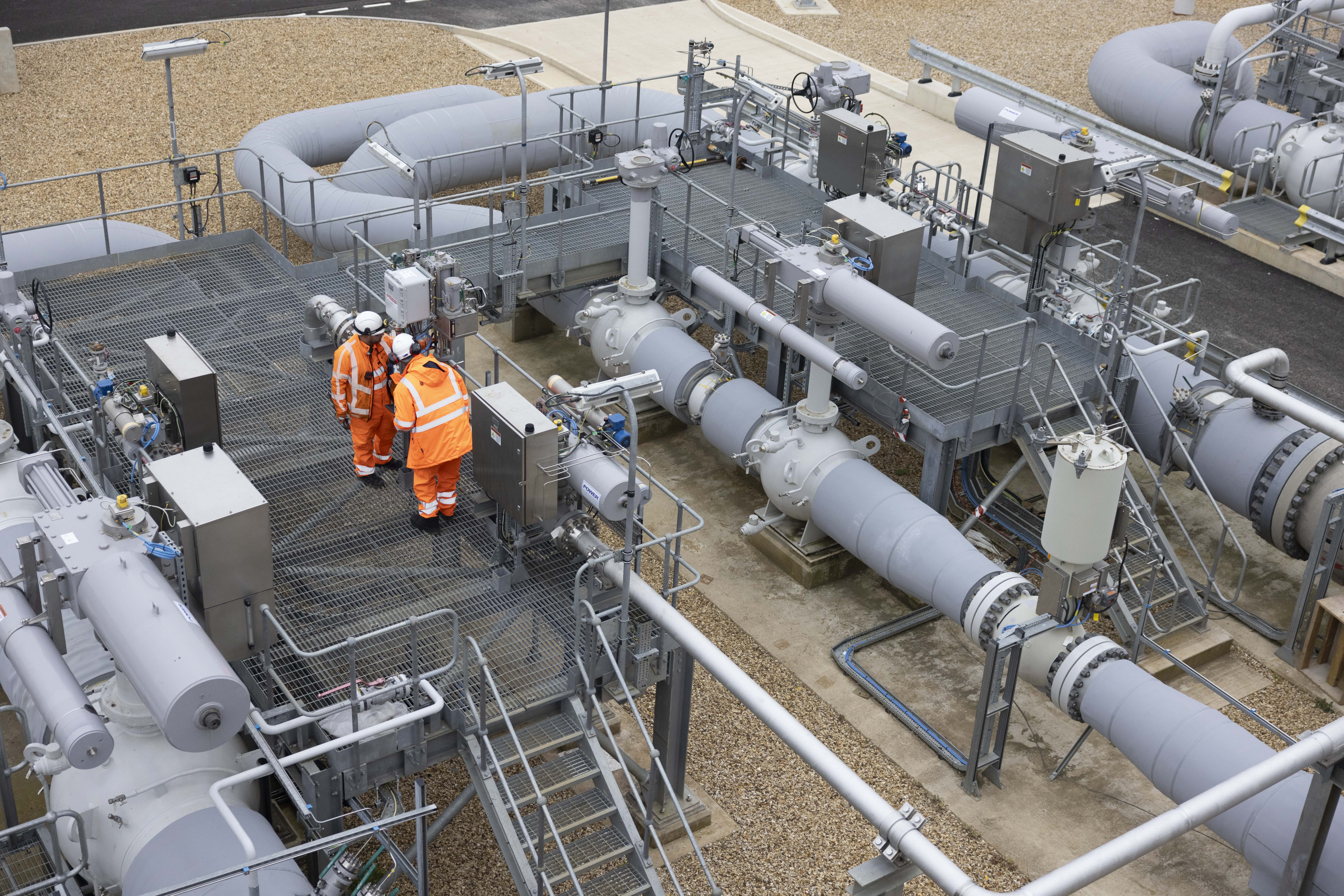SYSTEM OPERATION
NTS Linepack
The amount of gas within the National Transmission System (NTS) at any time is known as ‘linepack’. There is an acceptable linepack range across which the amount of gas in the network can vary.
How is NTS linepack calculated?
National Gas has an approved methodology for calculating NTS linepack. It describes the basis for calculating the volume of gas in the NTS so that we can determine opening and closing linepack values each day. These are also used to inform our Residual Gas Balancing Incentive performance, as specified in our licence.
Methodology
We determine NTS linepack by calculating the volume of gas within the NTS pipelines, using a network model and instantaneous measurements. The model contains a database of NTS pipeline diameters and lengths, updated as required to accommodate changes to the network.
The NTS is divided into pipeline sections. The volume of gas in each section is determined by multiplying the pipe free volume by the ratio of the gas density at actual conditions to the gas density at standard temperature and pressure.
The actual gas density is computed from a standard equation of state applying pressure, temperature and specific gravity data:
- Pressure is derived from telemetered measurements at the beginning and end of the pipeline section.
- An average network gas temperature is applied.
- Specific gravity is determined from telemetered measurements at NTS entry and exit points, according to a fixed mapping arrangement.
The network model then summates the calculated volume of gas for each pipeline section to determine total NTS linepack.
The opening NTS linepack for a gas day, which is equivalent to the closing NTS linepack for the preceding gas day, will be the volume calculated by the network model as close to the start of the gas day as possible.

